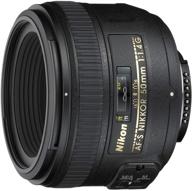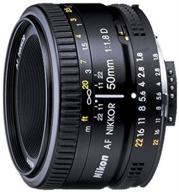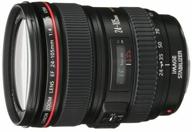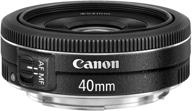
Review on Canon EF 100mm f/2.8L IS USM Macro Lens for Canon DSLR Cameras - Lens Only by Minju Gim ᠌

I was surprised by the quality for this price.
Those who are going to shoot inanimate objects in the studio will not have any particular difficulties, provided that you know how to use a tripod, macro rails and other shnyags a little bit. And now I appeal to those who are going to shoot any living creatures. This lens is not a technique for beginners. For when shooting in nature at fr less than 50 mm, it is not so much the accurate autofocus that decides, but the directness of the hands and the ability to firmly hold the camera in your hands. It's like a sniper's job. Everything matters: the pace and strength of the heartbeat, the rhythm of breathing, trembling in the muscles, even the strength, rhythm and direction of gusts of wind, especially if the object of hunting is sitting on a branch or leaf. The slightest awkward movement at the moment of taking the picture, the slightest breath of air - and the photo is ruined. At short distances, in general, I advise you to use manual focusing, because autofocus almost immediately goes astray for the above reasons. And be prepared for the fact that out of 10 shots, at best, three or four will be good, so you have to take a series of 10 - 15 photos to get at least one good shot. If you are too lazy to sniper in a natural environment, you can marinate invertebrates in a stain or freeze in a refrigerator, and then shoot in a studio in a calm environment. It's even easier in a way.
- Ideal for macro photography both in the studio and outdoors. The optics are perfectly debugged, there is no distortion in almost the entire focus range. I was pleased with the possibility of limiting the focusing range and manual focus adjustment. The stabilization is excellent, it allows you to take good pictures already at a shutter speed of 1/80, even at maximum zoom. Overall, he's great. I look forward to spring.
- The price is somewhat biting (although I saved up somehow).
New products
Comments (0)
Top products in 👓 Lenses

📷 Nikon AF-S NIKKOR 50mm f/1.4G Lens with Auto Focus: Perfect for Nikon DSLR Cameras

76 Review

Nikon 50mm f/1.8D Lens: Perfect for Nikon DSLR Cameras!

97 Review

Canon EOS SLR Camera Lens EF 24-105mm f/4 L IS USM

124 Review

Canon EF 40mm f/2.8 STM Lens - Fixed Black (6310B002) for US Cameras

76 Review







